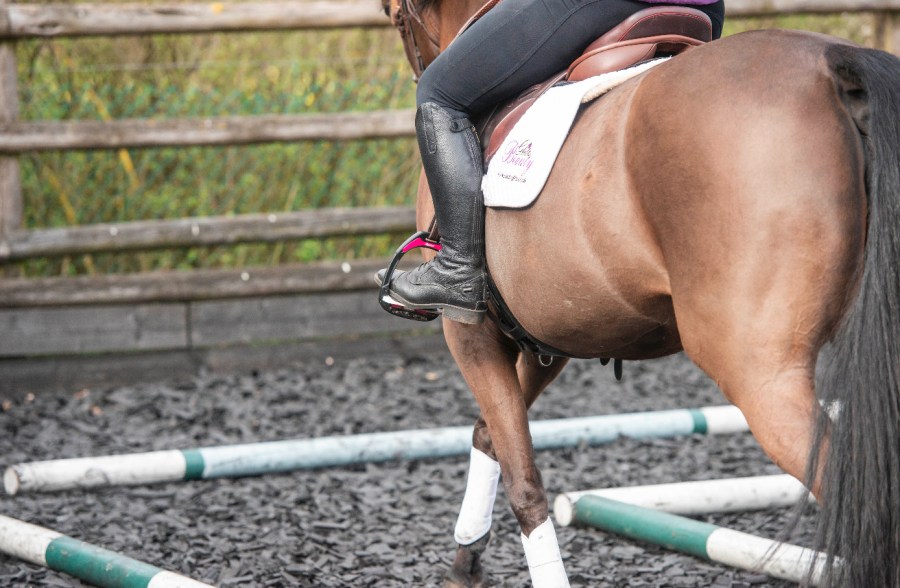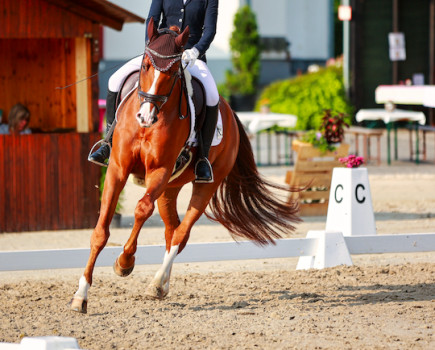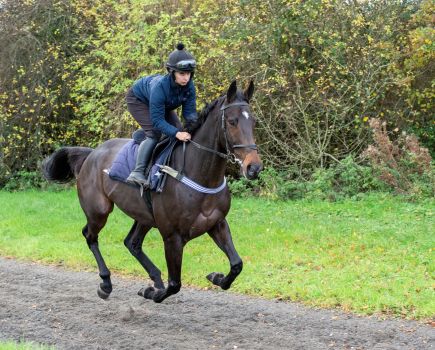How many holes difference is there between your dressage, jumping and cross-country stirrup lengths? Of course, your stirrup length should get increasingly shorter for each phase, with your ideal hacking length somewhere between your two jumping lengths.
In the video below, six-time Badminton winner and Petplan Equine ambassador Lucinda Green explains how and why choosing the ideal stirrup length will help to keep you safe, secure and feeling confident in the saddle.
Dressage
“Stirrup length is a very, very important part of riding,” says Lucinda. “The longer you can happily ride in the dressage the better, because it’s easier for you to be able to sit tall and be able to use all the aids that you need to use.”
Showjumping
“In a jumping saddle and riding at a shorter jumping length, you can still sit up straight and wrap your legs round the horse.
“The bonus of being able to ride short when you’re jumping and cantering is that you’ve got more angles [in your leg] and you can get in behind your horse without having to sit down on him.
“You feel safer when they buck and it’s just a more pleasing position for your whole body to feel safer in.
“You don’t have to go really really short [for showjumping] — there you could find you get spun off.”
Hacking
“When I’m hacking, I sometimes do ride a few holes shorter than my jumping length,” continues Lucinda. “I’ll have a finger though the neck strap to get my balance used to a different stirrup length. I feel my balance needs to practise different lengths, otherwise I’ll hack in my cross-country length.”
Cross-country
“My cross-country length is a couple of holes shorter than my showjumping length because in the showjumping I’m sitting in the saddle the whole way round, whereas cross-country I’m out of the saddle for a great deal of the round.
“The shorter I am the easier it is for me to balance my horse when I’m out of the saddle. It’s hard to balance him if you’re a bit long and you’re struggling for balance. You get your own balance from having a shorter leg and the increased weight in and depth of your heel.”
Stirrup placement
“We talk a lot about the security of having weight in your heel, but where you actually place the stirrup on your foot is important,” advises Lucinda.
“It seems to be generally believed that you have the stirrup around the ball of your foot and straight across.
“If at some point we go fully home and ride with it just in front of our heel it’s not the end of the world, but what that does do is stop the ankle flexion. If the ankle flexion isn’t good you won’t be able to absorb some of the things that are go on when you’re jumping.
“So the ball of your foot is a useful marker.”










